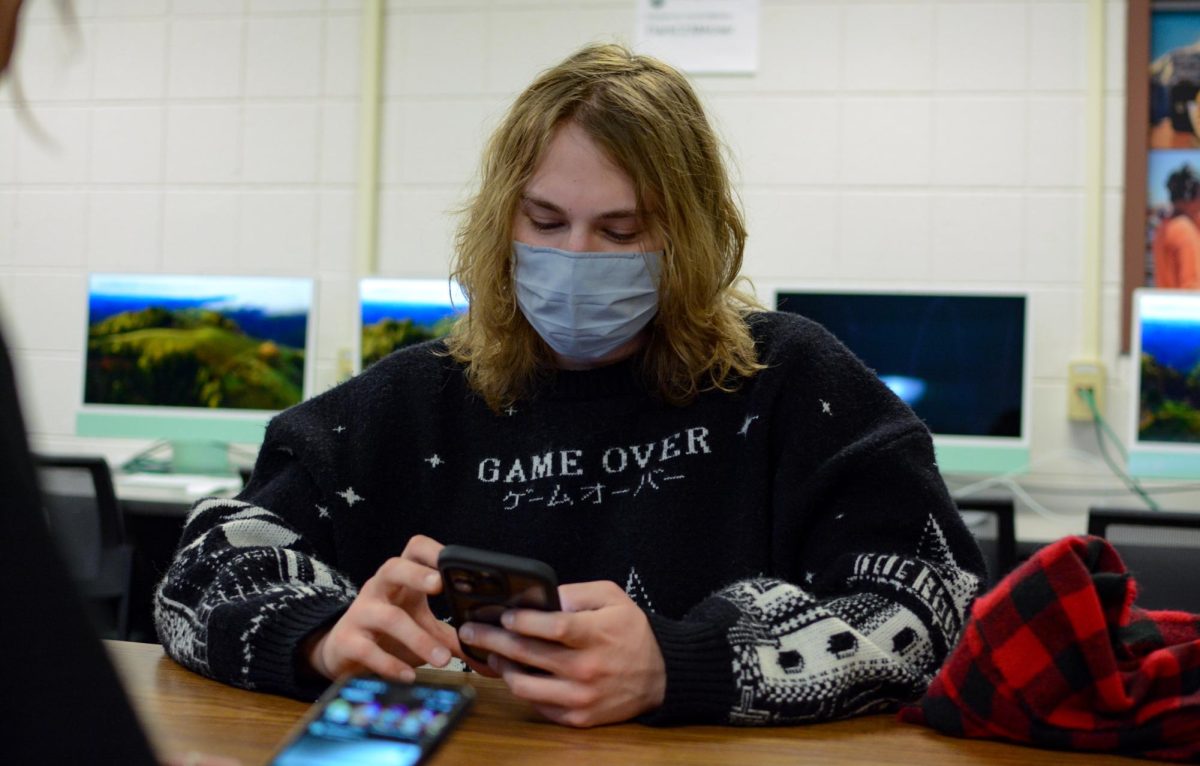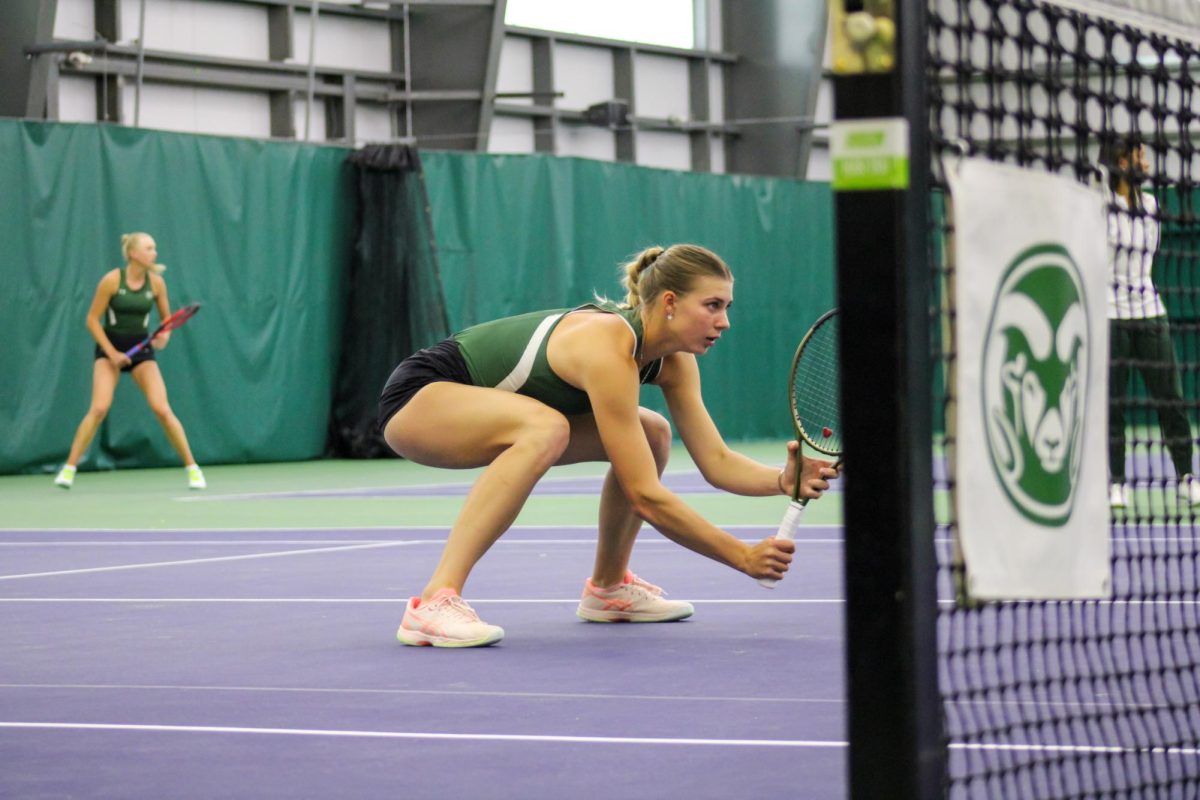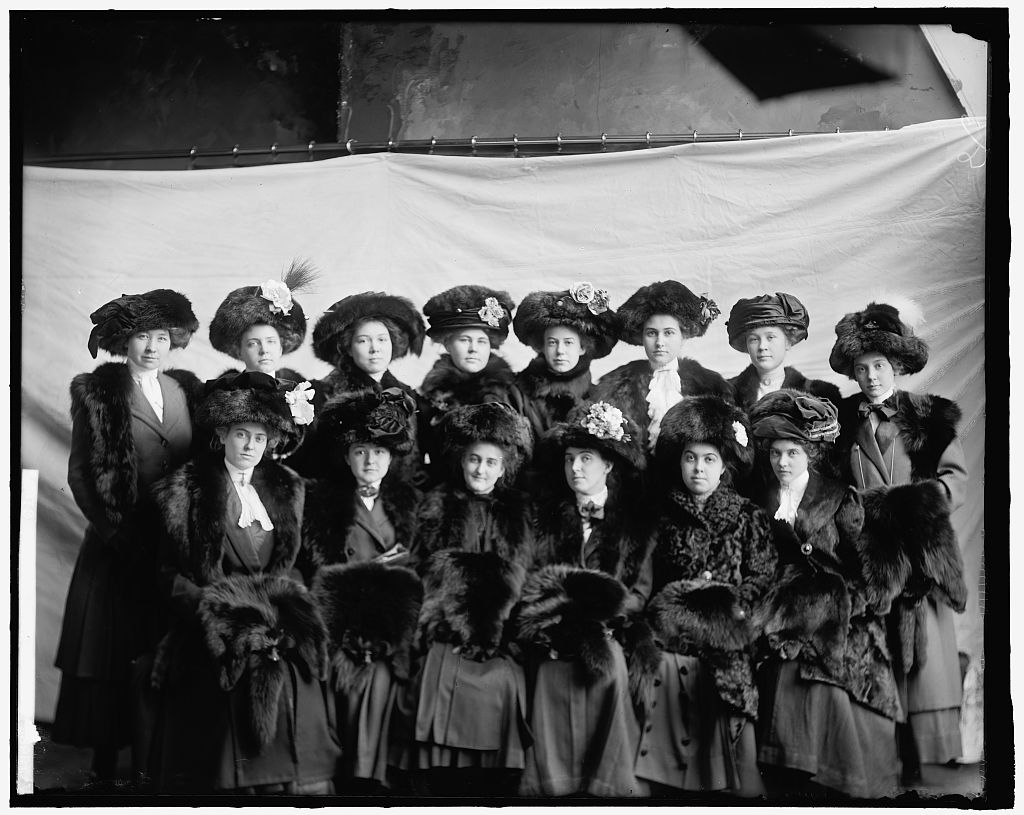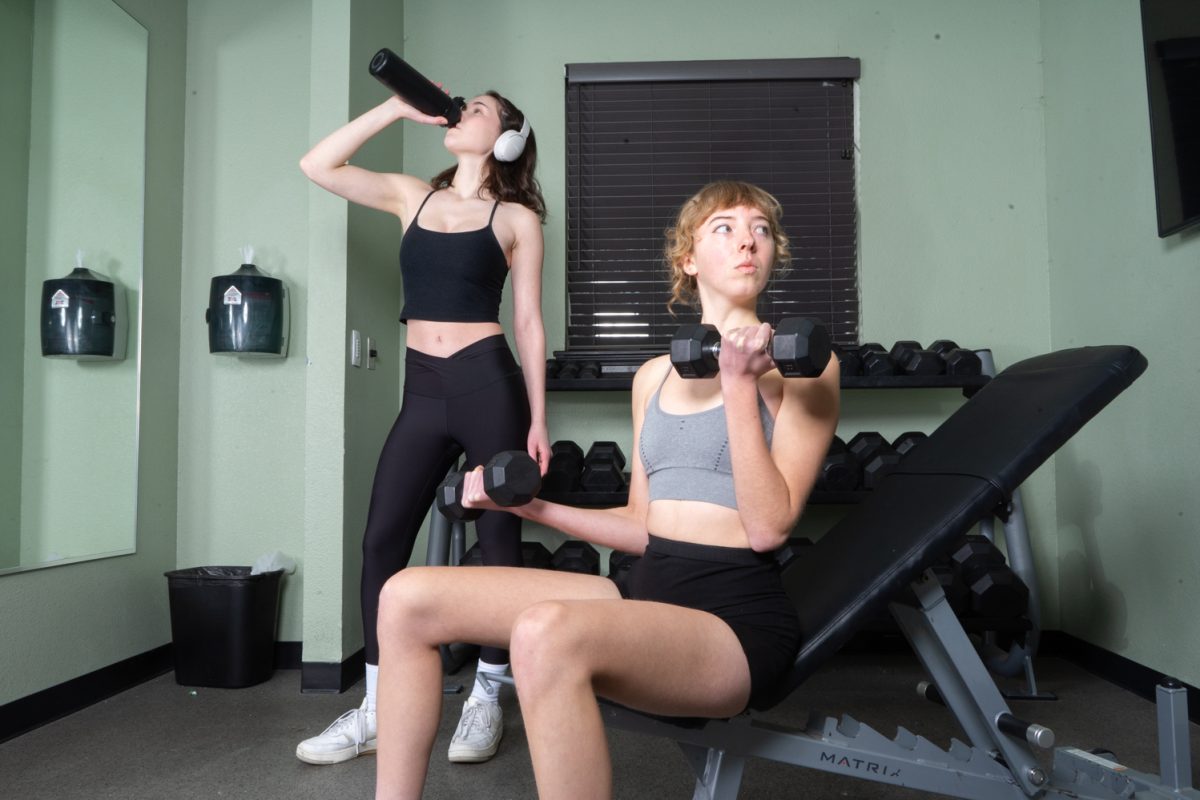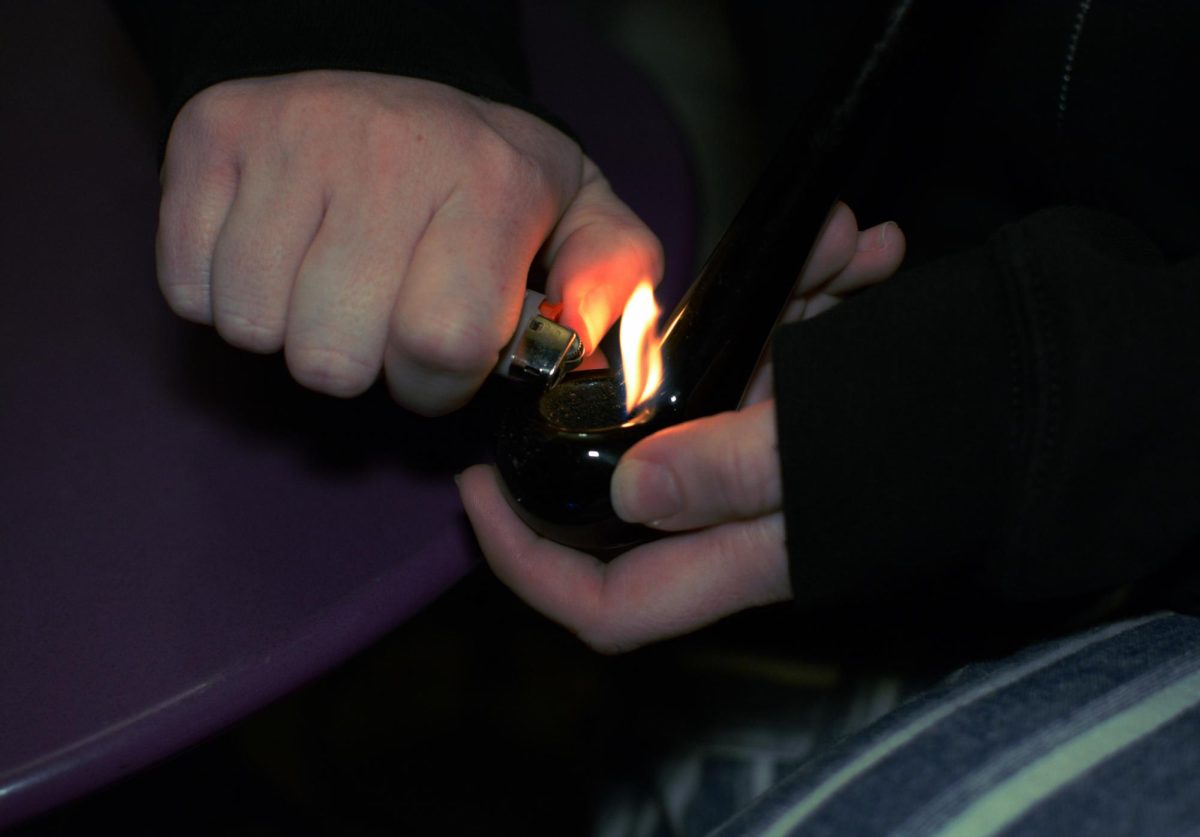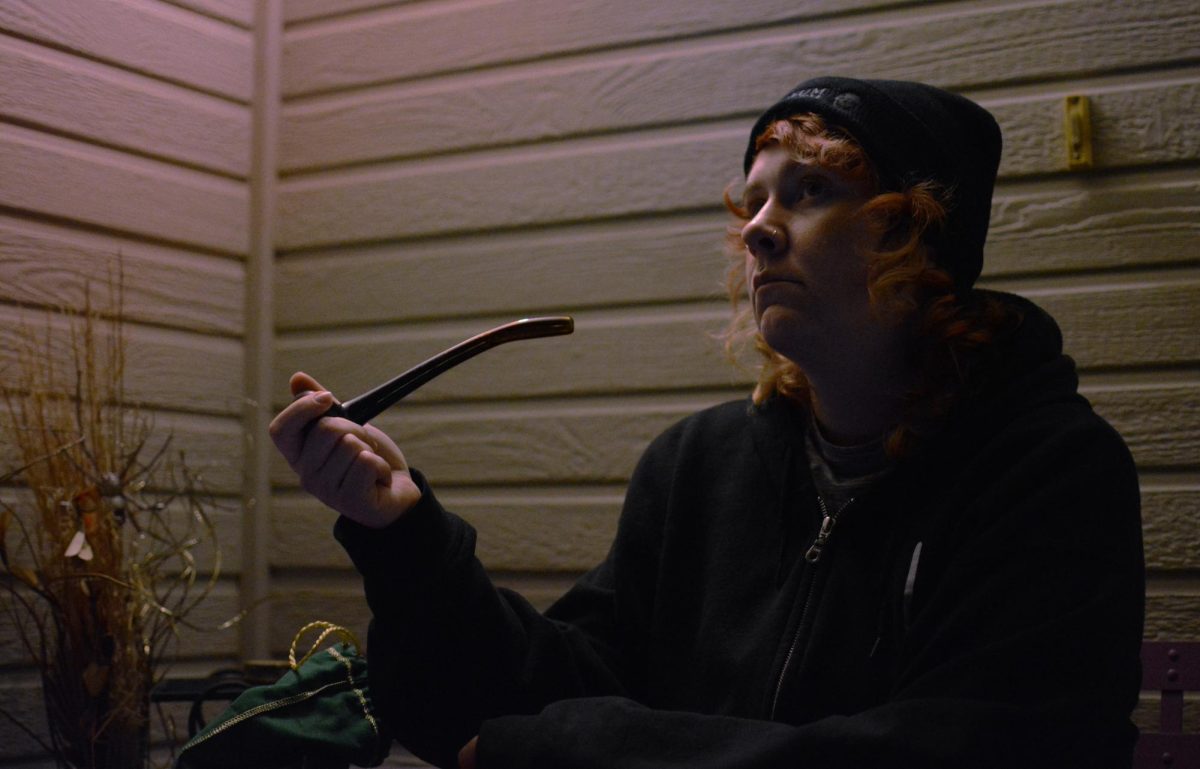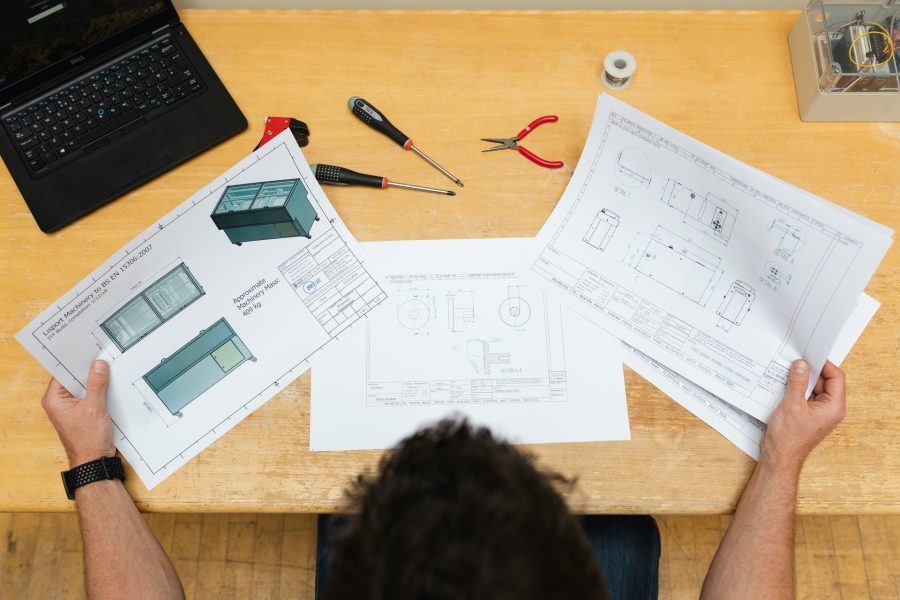While unusually warm winter weather brings campus to life, students sit huddled around computers beneath the engineering building. This dim basement lab houses some of Colorado State University’s most innovative student projects.
One group of these students is creating a brain-controlled wheelchair.
The endeavor is part of a senior design project, the engineering department’s capstone.
“Our vision [for the chair] is for people who don’t have arm motion or are paralyzed from the neck down,” Joel Kraft, electrical engineering senior, said. “It would be an assistive technology to gain mobility, which isn’t very common for people with those disabilities right now.”

Three major components make the chair’s design possible: a brain-measuring headset, small but powerful computer, and motor controller.
While the team meets each week to coordinate their progress, the three each work on one element throughout the week.
Computer engineering student veteran Jason Gardner works on the headset software. The Emotiv headset translates practical commands, like move forward, into a technologically usable signal.
“You have to train it first so it can recognize what those brain commands mean with your specific brain wiring,” Kraft said. Users practice pushing and pulling a digital picture. The picture zooms in and out to reflect how accurately the headset is able to measure the user’s command.
That signal is then sent to a single-board computer called a Raspberry Pi. Kraft is integrating this software with the headset and motor system.
The team originally designed to use the brainwear headset and computer in place of an electric wheelchair’s joystick. Since they weren’t able to reverse engineer how the joystick worked, they were left to start from scratch.
Electrical engineering senior Mengjia (Megan) Yi ensures the team’s motor controller effectively receives that signal. A motor controller amplifies a small signal, like from the computer, so the motors can carry out a large task, like moving the chair.
The concept for the brain-controlled wheelchair was conceived by the team’s advisor, Sudeep Pasricha.
All project ideas are originally created by faculty members. Engineering seniors then apply for projects and are matched based on skillset, team compatibility, and preference.
Each team provides advisors like Pasricha with weekly reports and early copies of all presentations and documents.
Pasricha wears many hats at CSU: he is a Monfort-endowed professor, Rockwell-Anderson-endowed chair of of computer engineering, director of the embedded-systems and high-performance computing lab, and a professor in both the department of electrical and computer engineering and computer science.
While his busy schedule contributes to a laissez-faire advising approach, he is always available should the team get stuck.
“The students have to figure out how to make it work,” Pasricha said. “I help them along the way, but I want [them] to gain from this whole process.”
Another skill the seniors practice is fundraising.
The assistive technology was intended to help those with disabilities carry out everyday tasks such as unlocking doors, turning on lights, or changing the television.
While the ECE contributes $600 of funding to each project, many groups need to pursue additional funding.
“One of our main problems was deciding if we were going to actually use a wheelchair,” Kraft said. “It’s really expensive to get a working one, but we were able to find a cheaper one on Cragislist.”
Kraft’s scholarship, the Anshutz Family Foundation, and Keysight, a local measurement company, both donated to the project.
The team was also able to utilize rollover funding from the previous year, as well as technology like the Emotiv headset. Many design projects continue year to year, although the main goal typically evolves.
Last year’s project was a brain-controlled smart home. The assistive technology was intended to help those with disabilities carry out everyday tasks such as unlocking doors, turning on lights, or changing the television.
Graduate students and advisors like Pasricha ensure the knowledge and work each team generates doesn’t get lost in the annual transition.
“This year I wanted the team to try to do something a little trickier, to control a wheelchair,” Pasricha said. “[It] has a lot of parts. To get all those parts working together safely is not that straightforward.”
“We’ve fried many things so far, a lot of things really.” — Joel Kraft, electrical engineering senior
The team agrees that designing with safety in mind is more difficult than they expected.
“There’s two sides to safety: there’s system safety and user safety,” Kraft said.
System safety means managing the electrical currents to prevent anything from exploding.
“We’ve fried many things so far, a lot of things really,” Kraft said.
User safety refers to interactive measures like an emergency stop switch, which would disengage the motor should the chair respond inappropriately.
Kraft thinks time will prevent the team from outfitting the chair with motion sensors.
The teams are preparing to present their projects at the Engineering Days symposium in April in the LSC ballroom. Many potential employers attend, so the projects offer tangible examples of the soon-to-be graduates’ work.
Students put in between 150 and 250 hours including fundraising, design, and implementation and develop a host of documentation on project websites.
“The senior design project is meant to give experience to the students,” Pasricha said. “A lot of times in their coursework they are just working by themselves, but this whole program prepares them for what it will be like in the real world when they have to work on a team.”
Students often feel a similar sense of fulfillment as they near the end of their projects.
Kraft said, “I couldn’t have been blessed with a better project. My dream job would be working with embedded systems to develop assistive technologies and brain-interfacing that could potentially help people in the future.”


